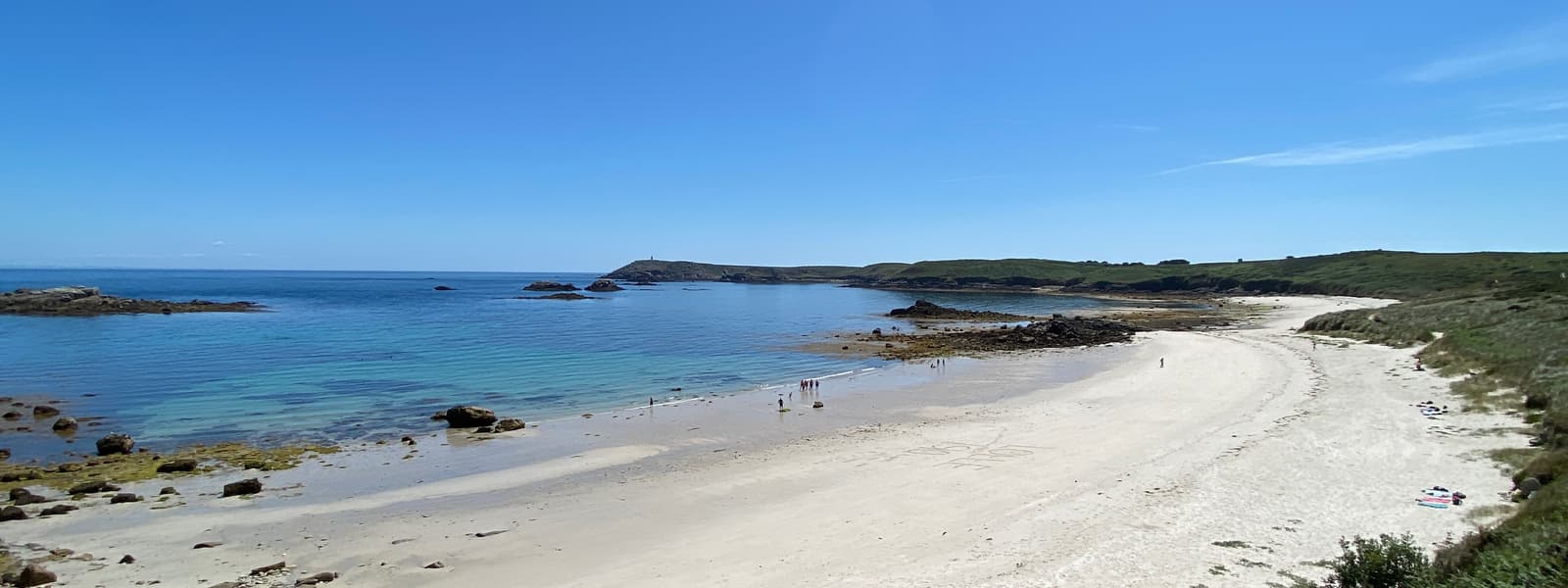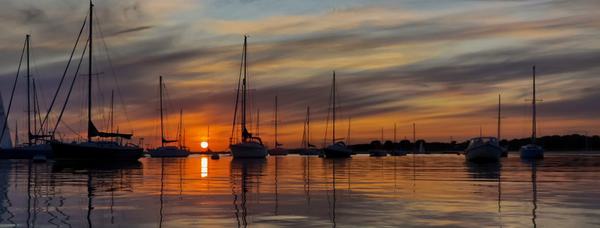Isles of Scilly National Landscape
The Isles of Scilly are the smallest National Landscape in the UK. However, the Islands possess a diversity of scenery that belies their small scale.
The archipelago combines rugged granite cliffs and headlands, sparkling sandy bays, hidden coves, shifting dunes and saline lagoons. Over 6,000 years of human occupation has led to the development of lowland heath, enclosed pasture, hedged bulb-strips, small harbours and quays, and scattered rural settlement punctuated by tiny townships. The Islands are home to a variety of wildlife, most of which thrives due to the Islands’ unique environment. Nationally important habitats such as maritime heathland and grassland, small pockets of woodland, arable fields, hedges and stone walls support a large variety of plants and animals, some of which are unique to Scilly, such as the Scilly Shrew and the Scilly Bee.
The Islands’ population of Atlantic Grey Seals and breeding bird colonies are of international importance. For migrant bird species, Scilly often provides a vital feeding ground as they make their journey across continents, attracting hundreds of visitors to the Islands every autumn. The Islands’ crystal clear waters support a wide variety of marine flora and fauna and a wealth of colourful marine life from anemones, soft coral, sea fans and seagrass beds, visiting dolphins and occasionally basking sharks.
The sea is the dominant influence that unites and divides the Islands and adds to the character of the National Landscape. The entire landscape changes with the ebb and flow of the tide. At low tide the Islands appear greater in size, rising out of the water as they stretch across newly exposed expanses of sand flats, making it easy to see how they once formed a single landmass. At high tide the Islands are submerged and once again the separateness is marked.
Scilly possesses exceptional heritage and has the greatest density of Scheduled Monuments in the UK. Some areas such as the whole Island of Samson and Shipman Head Down on Bryher are scheduled landscapes that protect and conserve complex historic environments in their entirety. The Islands are famous for historic shipwrecks, notably The Association and three other vessels of the British Naval Fleet lost in 1707 while under the command of Sir Cloudesley Shovell. Scilly’s maritime history is of significant value both locally and nationally.
Scilly has rich and varied cultural associations that span politics, art, religion, literature and folklore and many Scillonian families can trace heritage back to the 17th century. Local traditions, such as Gig Rowing, still form an important part of life in Scilly. Traditional industries such as flower farming and fishing are still vibrant, though they operate on a smaller scale than during their heyday in the late nineteenth and early twentieth century. The Isles of Scilly have a community of around 2,000 people, all living, working and shaping the landscape. Tourism is by far the biggest employment sector, with up to 80% of the Islands’ economy being tourism-related. Tourism draws heavily on the natural environment, including bird watching, fishing, water sports, and nature and heritage tours.



